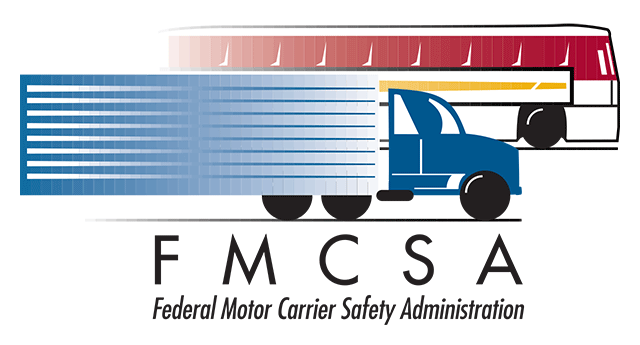By Chris Przybylski
The Federal Motor Carrier Safety Administration (FMCSA) posted a new rule on May 14 that will take effect in about four months that contains four substantial changes to hours of service.

- The short-haul exception is now 150 air-miles or 14 hours start to finish (previously 100 air-miles and 12 hours, except Alaska).
- Adverse driving window (on-duty time) is extended by two hours.
- 30-minute break (property carriers) is now only required after eight driving hours (instead of on-duty) and can be taken as on-duty time.
- Sleeper berth exception now allows two breaks totaling at least 10 hours, given at least seven hours is spent in the berth (previous eight).
| Rule | Existing Rule | New Rule |
| Short-Haul | 12 Hours, 100 Air-Miles | 14 Hours, 150 Air-Miles |
| Adverse Driving | Adds Two Hours to Driving Time Only | Adds Two Hours to Driving or On-Duty Time |
| 30-Minute break | Must be Sleeper Berth or Off-Duty | Can also be On-Duty |
| Sleeper Berth | Eight Hours Consecutive Required | Seven Hours Consecutive Required |
Short-Haul Exception
Under 395.1(e)(1), if a driver operates within a 100 air-mile radius of the base of operations and also starts and ends at the same within 12 hours, they do not require a traditional log. Hours of service are still required, but only need the start time, end time, and total hours worked each day. If you meet the requirements, consider using a form like this one instead of driver logs. Note: This form has been updated for the new regulation that is not yet in effect.
Why This Is Important
- With the expansion to 14 hours and 150 air-miles, even more local limo drivers qualify for the short-haul exception.
- If a driver qualifies for the short-haul exception 22 out of every 30 days, they do not need ELDs. Again, very few local operators will need ELDs. This not only saves money but also lowers the administrative burden of properly managing ELD systems and/or paper logs.
Adverse Driving Conditions
Adverse driving conditions are defined under 395.2 as snow, sleet, fog, and other adverse weather conditions; a highway covered with snow or ice; or unusual road and traffic conditions, none of which were apparent on the basis of information known to the person dispatching the run at the time it was begun. The previous rule allowed drivers to exceed the maximum driving hours by two full hours in order to complete a run, or reach a place of safety or security if adverse driving conditions caused the delay. The previous regulation did not extend the on-duty hours so a driver near the end of their shift was unable to use the adverse driving condition exception. The new rule corrects this and allows both on-duty and driving time to extend by two total hours. It also expands to include the driver’s knowledge of road conditions.
30-Minute Break
Under 395.3, property-carrying drivers who do not qualify for the short-haul exception must take a 30-minute break at least once before exceeding eight driving hours. Under the previous rule, this break must be off-duty or sleeper-berth time. The new rule expands to allow on-duty time to count as the required break. It should also be noted that more drivers will now qualify for the short-haul exception listed above.
Sleeper Berth Exception
A sleeper berth is defined under 395.2 and is generally found on over-the-road trucks. Sleeper berths may be used in lieu of traditional off-duty time if the requirements of the exception are met, which can be found in 395.1(g). One of these exceptions previously allowed a combination of at least eight consecutive hours in the sleeper berth and up to two hours as a passenger (10 hours total) to start a new work shift. The new rule modifies this to only require at least seven consecutive hours in the sleeper berth, as long as the total hours in sleeper-berth and passenger time is still at least 10 hours.
Association Support
On a related note, the National Limousine Association (NLA) and the American Bus Association (ABA) are cited in the final rule in support of the short-haul exception extension. Consider joining one or both as they fight to help for our industry!
Read the full text of the new rule here.
A special thank you to Chris Przybylski of LBC Fleet, Safety & Compliance for providing an analysis of this update. He may be reached at chris@lbcfleet.com.
Also read posts from Lancer Insurance and U.S. Secretary of Transportation Elaine Chao about the new rule.
[05.15.20]

